Field Punishment No. 1
Topic: Discipline
"When it is decided to tie a prisoner to a fixed object, it has been found advisable to carry out this punishment in as public a place as possible." - The Canadian Officer's Guide to the Study of Military Law, by Major E.W. Pope, The RCR, 1916
 Many old soldiers like to talk about the "good old days" when, in their hazy remembrance, soldiers were more disciplined, less likely to question any aspect of military life, and worked and played harder. While the achievements of the Canadian Army in the Balkans throughout the 1990s and Afghanistan in the past decade certainly prove that today's soldiers are as effective as any previous generation in their own time, the idea that soldiers "play" less hard is more a distortion of the effects of the cultural shift away from acceptance of drinking as a sport or hard drinking an expected ability, by some, of a professional soldier. These changes have not diminished the Canadian soldier's ability to make Canadians proud of their service at home and abroad, but we easily forget that one of the aspects of maintaining discipline in days past was harsher punishments in the military justice system.
Many old soldiers like to talk about the "good old days" when, in their hazy remembrance, soldiers were more disciplined, less likely to question any aspect of military life, and worked and played harder. While the achievements of the Canadian Army in the Balkans throughout the 1990s and Afghanistan in the past decade certainly prove that today's soldiers are as effective as any previous generation in their own time, the idea that soldiers "play" less hard is more a distortion of the effects of the cultural shift away from acceptance of drinking as a sport or hard drinking an expected ability, by some, of a professional soldier. These changes have not diminished the Canadian soldier's ability to make Canadians proud of their service at home and abroad, but we easily forget that one of the aspects of maintaining discipline in days past was harsher punishments in the military justice system.
In the 1980s, a soldier caught with marijuana might face 30 days or more in military jail, while his civilian counterpart might receive a few hundred dollars fine from a local civil court. Turning the clock back further, we find that the most common punishment handed out at summary trials during the First World War, those expedient trials run by Officers commanding Battalions or Companies, was Field Punishment No. 1.
The following excerpt from The Canadian Officer's Guide to the Study of Military Law, by Major E. W. Pope, The Royal Canadian Regiment (Methuen & Co. Ltd., 1916), provides a description of this style of punishment.
CHAPTER XIV - RULES FOR FIELD PUNISHMENT AND THE KEEPING OF CONDUCT SHEETS
(See M.M.L. p. 721, and F.S.R. Pt. II, chapter on "Discipline")
109. I. For any offence committed on active service an offender may be sentenced, by his commanding officer, to twenty-eight days' Field Punishment, and by a Court Martial to three months'
Field Punishment.
Field Punishment is of two kinds:
(a) Field Punishment No. 1.
(b) Field Punishment No. 2.
2. Where an offender is sentenced to Field Punishment No. I, he may, during the continuance of his sentence, unless the Court Martial or the commanding Officer otherwise directs, be punished as follows:
(a) He may be kept in irons, i.e. in fetters or handcuffs, or both fetters and handcuffs; and may be secured so as to prevent his escape.
(b) When in irons he may be attached for a period or periods not exceeding two hours in anyone day to a fixed object, but he must not be so attached during more than three out of any four consecutive days, nor during more than twenty-one days in all.
(c) Straps or ropes may be used for the purpose of these rules in lieu of irons.
(d) He may be subjected to the like labour, employment, and restraint, and dealt with in like manner, as if he were under a sentence of imprisonment with hard labour.
3. Where an offender is sentenced to Field Punishment No. 2, the foregoing rule with respect to Field Punishment No. 1 shall apply to him, except that he shall not be liable to be attached to a fixed object as provided by paragraph (b) of Rule 2.
4. Every portion of a Field Punishment shall be inflicted in such a manner as is calculated not to cause injury or to leave any permanent mark on the offender; and a portion of a Field Punishment must be discontinued upon a report by a responsible medical officer that the continuance of that portion would be prejudicial to the offender's health.
5. Field Punishment will be carried out regimentally when the unit to which the offender belongs or is attached is actually on the move, but when the unit is halted at any place where there is a provost marshal or an assistant provost marshal the punishment will be carried out under that officer.
6. When the unit to which the offender belongs or is attached is actually on the move, an offender awarded Field Punishment No. 1 shall be exempt from the operation of Rule 2. (b), but all offenders awarded Field Punishment shall march with their unit, carry their arms and accoutrements, perform all their military duties as well as extra fatigue duties, and be treated as defaulters.
110. Method of carrying out Field Punishment. Although it has not been considered advisable to allow Field Punishment No. 1 to be administered in the United Kingdom, it is the punishment most frequently met with in the theatre of war. It is easily carried out, if the proper procedure is understood, and has been administered with excellent results. It must be remembered for obvious reasons that a man undergoing Field Punishment does not thereby miss his tour of duty in the trenches. No punishments are carried out when the unit is actually on trench duty, and since the sentence runs concurrently with this duty due attention should be paid to this point by the Commanding Officer in making his award. Many officers have an idea that Field Punishment No. I consists in merely tying a prisoner to a fixed object for a certain length of time each day. This is quite wrong. The proper system is to make a man sentenced to this punishment do all the fatigues and sanitary work possible in the vicinity of the billets which his unit is occupying, with a view to relieving well-conducted men there-from. Then when there is nothing left for him to do of that nature, he can be tied to a fixed object for a period not exceeding two hours daily. When it is decided to tie a prisoner to a fixed object, it has been found advisable to carry out this punishment in as public a place as possible.

Posted by regimentalrogue
at 12:01 AM EDT
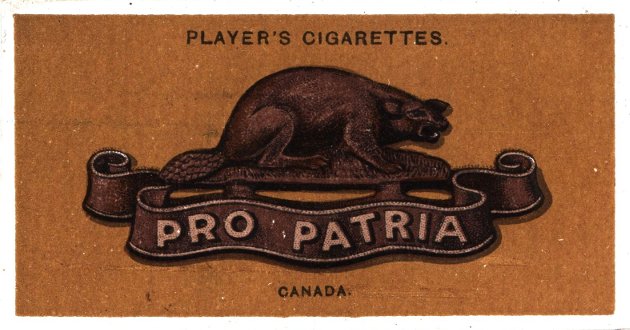
 The RCR would serve in France and Flanders from November 1915 until the end of the War and approximately 4800 Canadians would wear the Regiment's eight-pointed star cap badge and fight as Royal Canadians. From Mount Sorrel in 1916, through Vimy in 1917 and ending with the Pursuit to Mons in 1918, The Royal Canadian Regiment would be awarded 16 Battle Honours for its achievements and sacrifices on the fields of battle in France and Flanders.
The RCR would serve in France and Flanders from November 1915 until the end of the War and approximately 4800 Canadians would wear the Regiment's eight-pointed star cap badge and fight as Royal Canadians. From Mount Sorrel in 1916, through Vimy in 1917 and ending with the Pursuit to Mons in 1918, The Royal Canadian Regiment would be awarded 16 Battle Honours for its achievements and sacrifices on the fields of battle in France and Flanders.

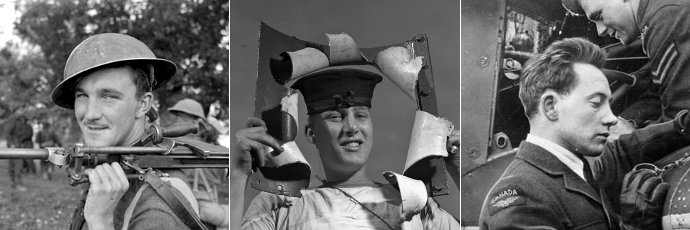
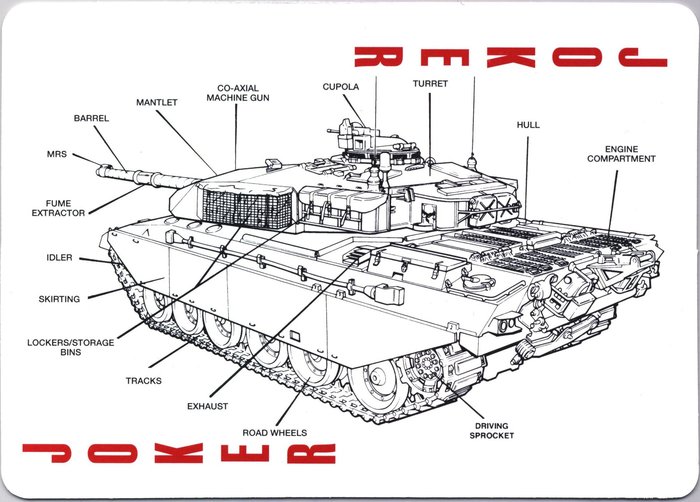
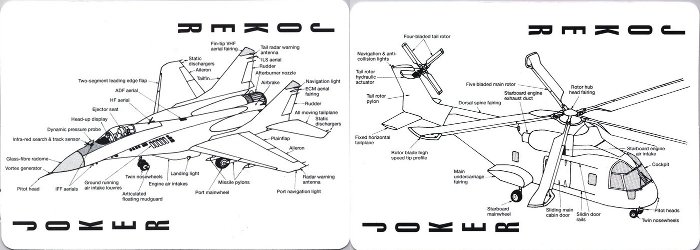
 On
On 
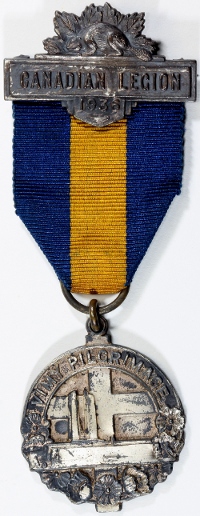
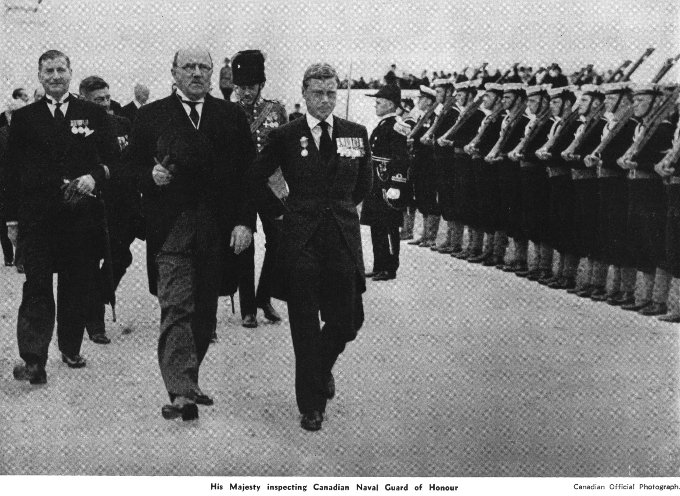

 Many old soldiers like to talk about the "good old days" when, in their hazy remembrance, soldiers were more disciplined, less likely to question any aspect of military life, and worked and played harder. While the achievements of the Canadian Army in
Many old soldiers like to talk about the "good old days" when, in their hazy remembrance, soldiers were more disciplined, less likely to question any aspect of military life, and worked and played harder. While the achievements of the Canadian Army in 
 The first medal that many Canadian soldiers might have been eligible to receive for their First World War service was the
The first medal that many Canadian soldiers might have been eligible to receive for their First World War service was the 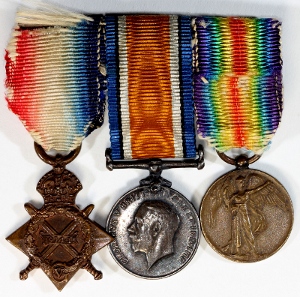
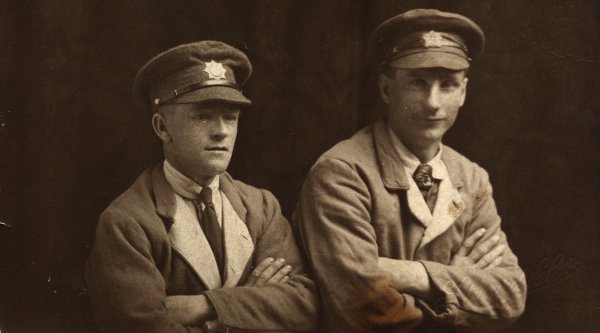
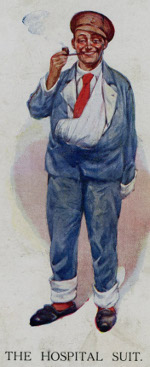 Instead, we find that widespread service was made of the British Amy's existing solution for clothing recuperating solders, the "hospital blues." Blue linen suits, lined in white and nattily accessorized with a bright red tie. What self-respecting soldier wouldn't find that outfit stylish and debonair for "walking out" during his convalescence, especially since they came in a range of few sizes fitting few soldiers well. Although originally cut to be buttoned to the neck, turning down the collar of the jacket added the benefit of bright white lapels to the hospital blues' appeal.
Instead, we find that widespread service was made of the British Amy's existing solution for clothing recuperating solders, the "hospital blues." Blue linen suits, lined in white and nattily accessorized with a bright red tie. What self-respecting soldier wouldn't find that outfit stylish and debonair for "walking out" during his convalescence, especially since they came in a range of few sizes fitting few soldiers well. Although originally cut to be buttoned to the neck, turning down the collar of the jacket added the benefit of bright white lapels to the hospital blues' appeal. (Or: "How One Regiment Could be Fighting in Three Places at Once")
(Or: "How One Regiment Could be Fighting in Three Places at Once") The Guide: A Manual for the Canadian Militia (Infantry)
The Guide: A Manual for the Canadian Militia (Infantry)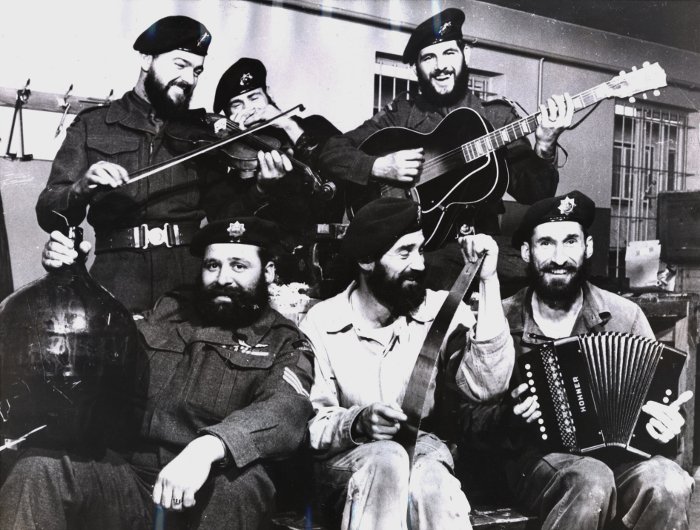
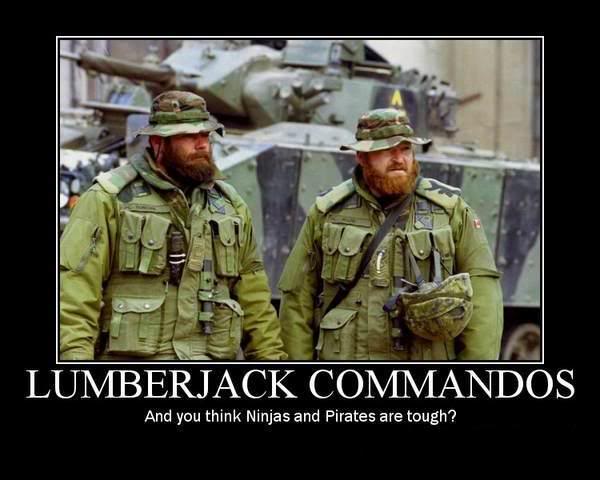
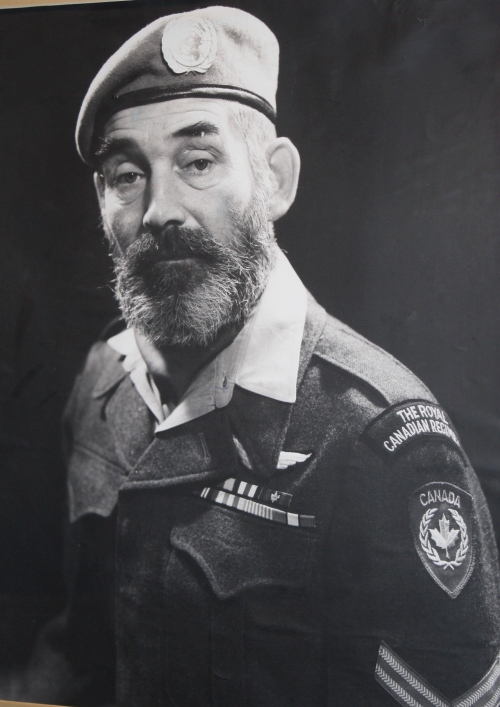


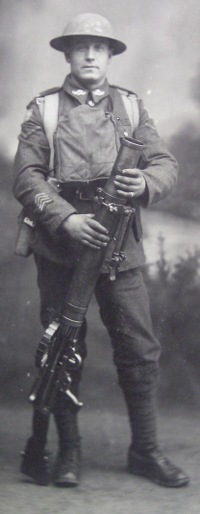 Equipment
Equipment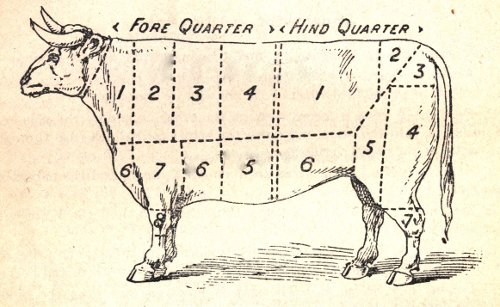
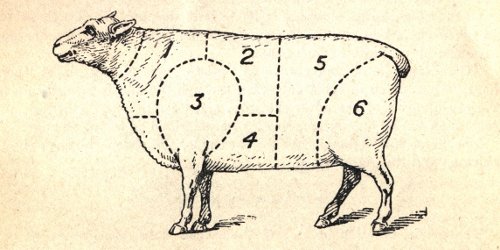


 We often hear catchphrases but we can never quite be certain where they originated. Infantry officers training in the Canadian Army have long head one which goes "Time spent on recce (i.e, reconnaissance) is never wasted" … intending to teach the new officer that even if he or she thinks they understand a situation completely, a thorough reconnaissance (time permitting) is invaluable, if for no other reason to confirm what is known. Inevitably, in training and service afterwards, reconnaissance often identified factors that were previously not known to the officer and which materially affect the plan evolving in their mind. failing to heed this adage can have serious consequences.
We often hear catchphrases but we can never quite be certain where they originated. Infantry officers training in the Canadian Army have long head one which goes "Time spent on recce (i.e, reconnaissance) is never wasted" … intending to teach the new officer that even if he or she thinks they understand a situation completely, a thorough reconnaissance (time permitting) is invaluable, if for no other reason to confirm what is known. Inevitably, in training and service afterwards, reconnaissance often identified factors that were previously not known to the officer and which materially affect the plan evolving in their mind. failing to heed this adage can have serious consequences.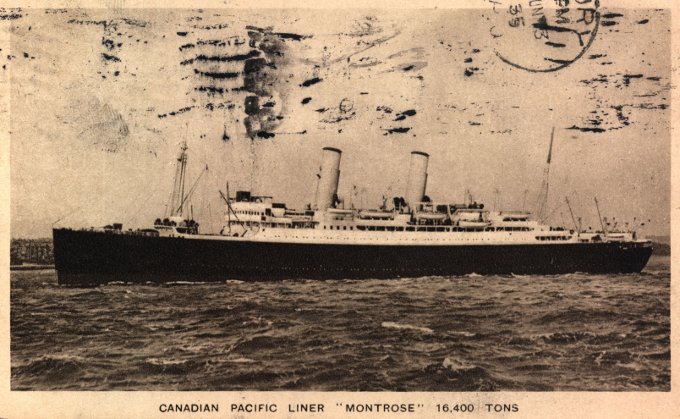
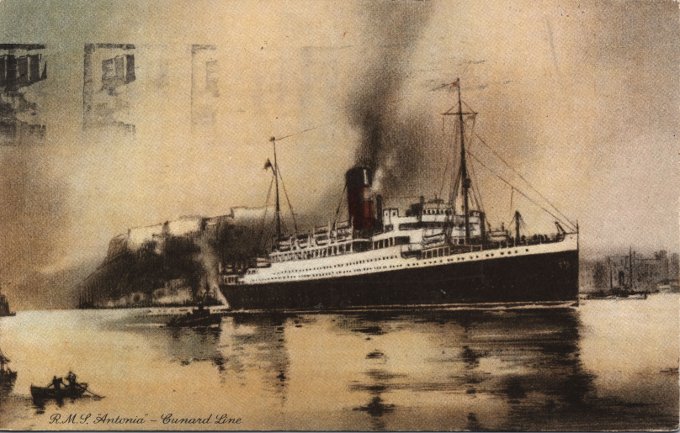
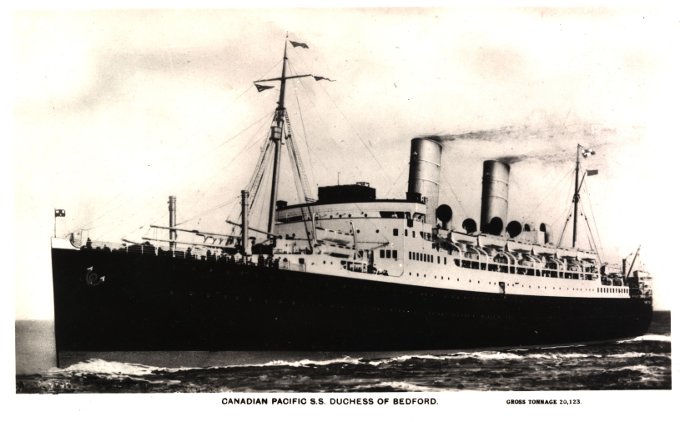
 Not all Battle Honours are equal in terms of the scale of action for which they were awarded. Some cover vast expanses of terrain and months or years of warfare, while others are defined by single dates and very restrictive geographical boundaries. When we look at the list of honours awarded to a regiment we may find Battle Honours that range from Theatre Honours to Separate Actions or Engagements.
Not all Battle Honours are equal in terms of the scale of action for which they were awarded. Some cover vast expanses of terrain and months or years of warfare, while others are defined by single dates and very restrictive geographical boundaries. When we look at the list of honours awarded to a regiment we may find Battle Honours that range from Theatre Honours to Separate Actions or Engagements.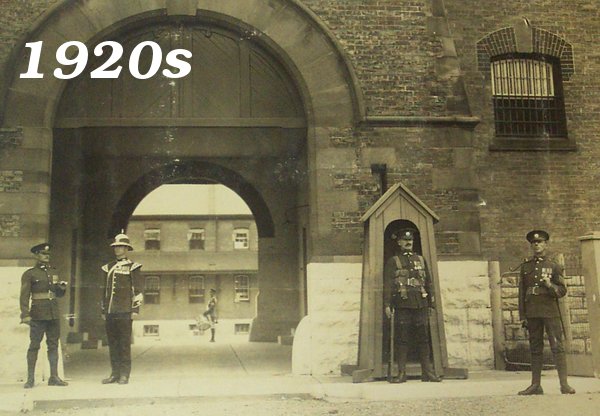
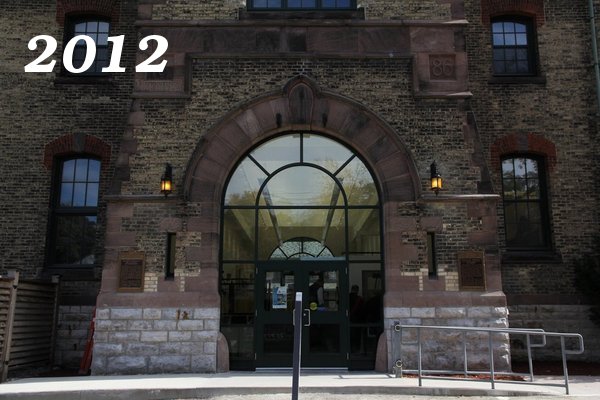
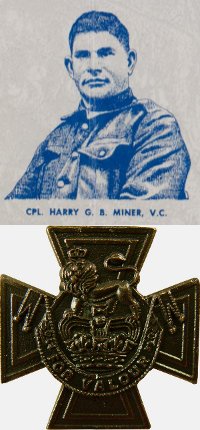 During the First World War,
During the First World War, 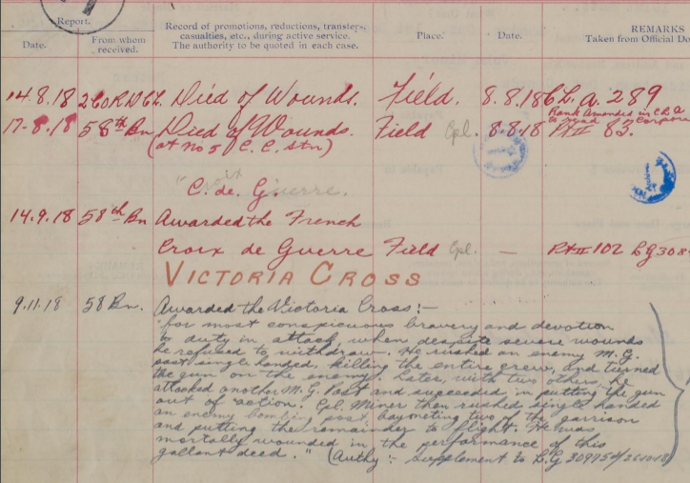

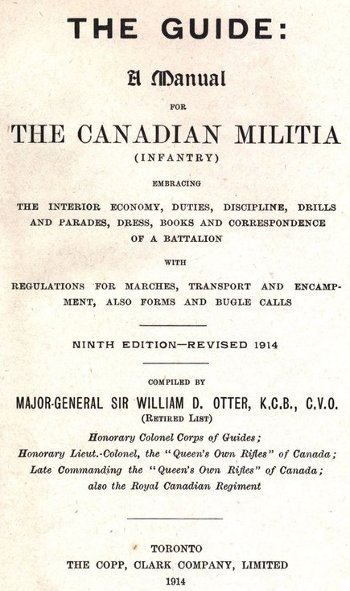 The Guide: A Manual for the Canadian Militia (Infantry); Compiled by Major-General Sir William D. Otter, K.C.B., C.V.O. (retired List) – Ninth Edition—Revised 1914
The Guide: A Manual for the Canadian Militia (Infantry); Compiled by Major-General Sir William D. Otter, K.C.B., C.V.O. (retired List) – Ninth Edition—Revised 1914